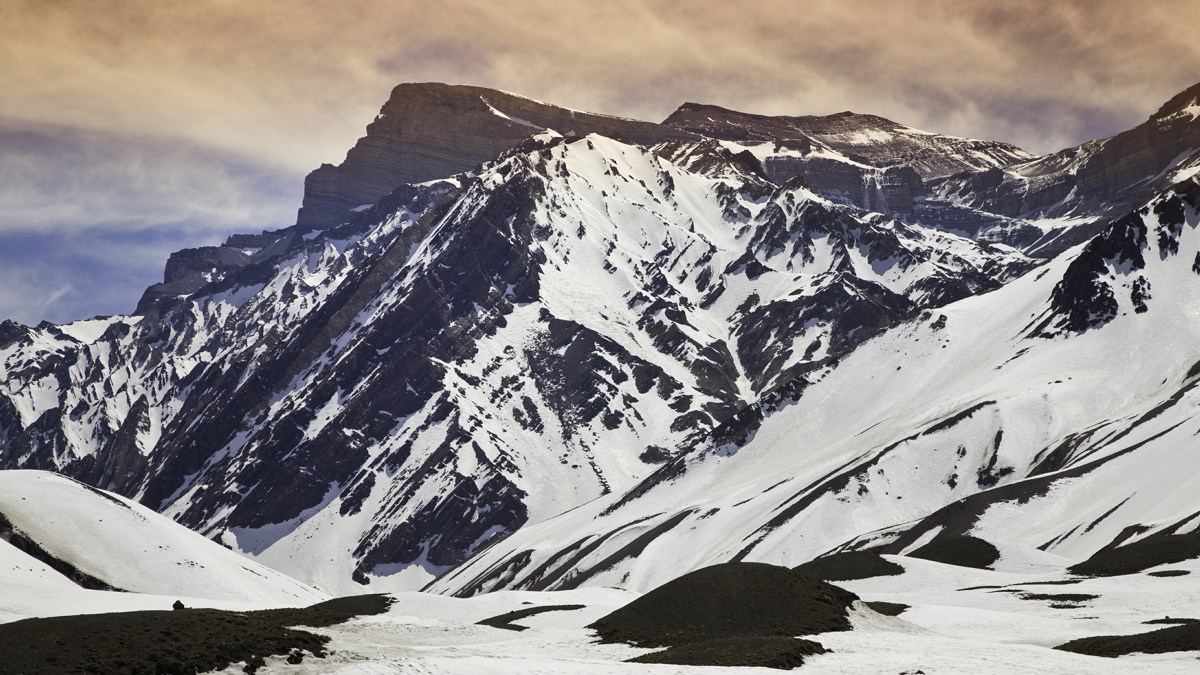The chemical composition of orogenic igneous rocks and their zircons is sensitive to crustal thickness and can be used to quantify the evolution of Moho depths beneath continents back in time.
Peter Luffi
Institute of Geodynamics, Romania, Geological Institute of Romania, Romania

